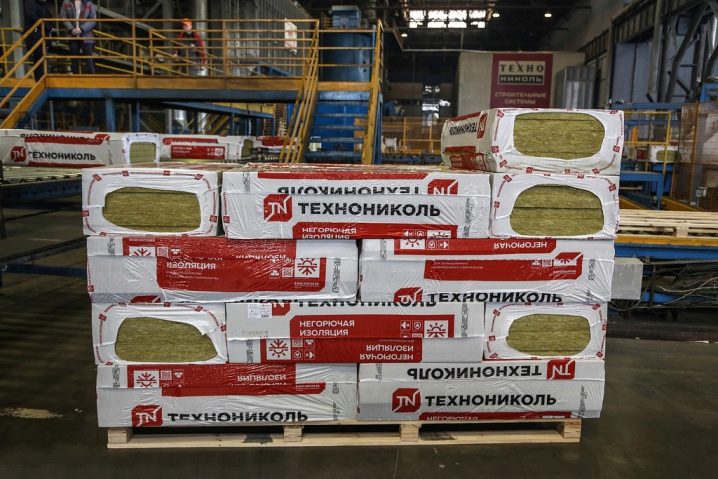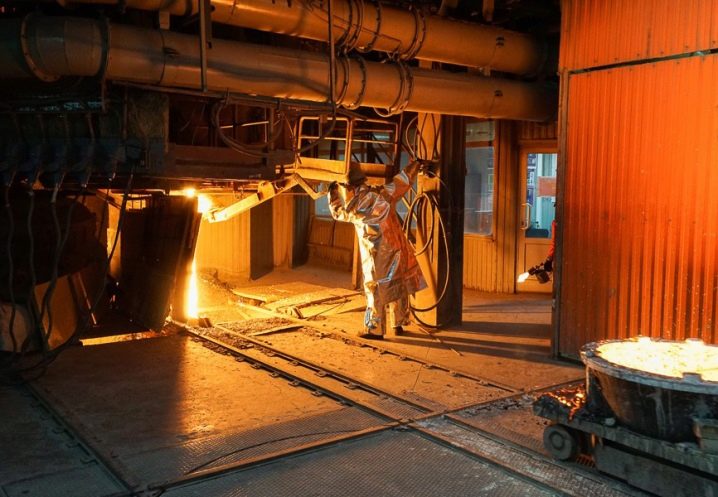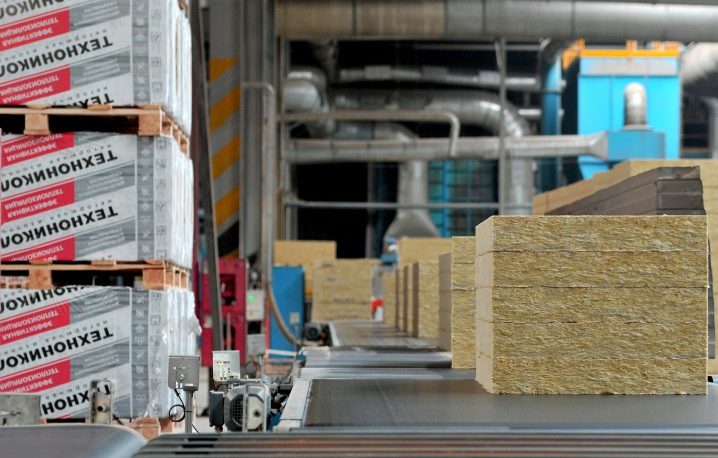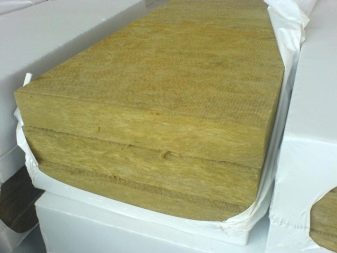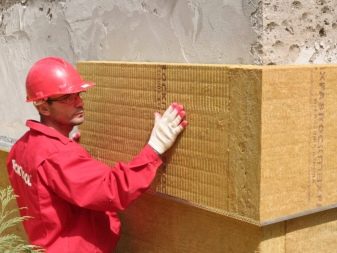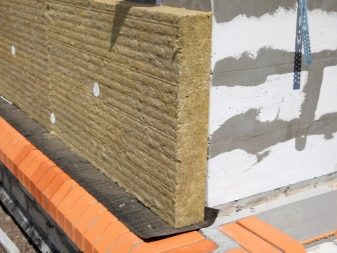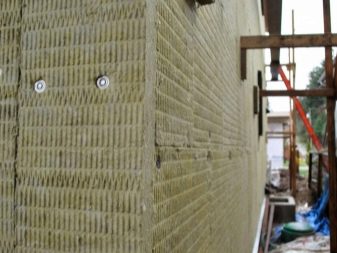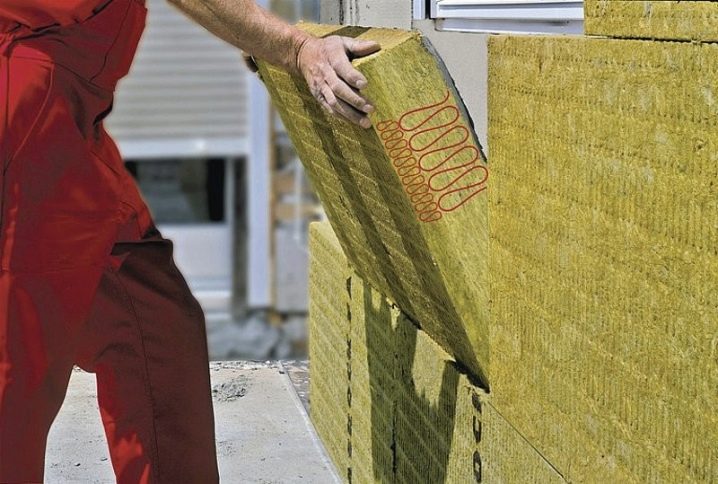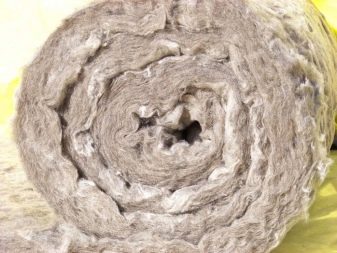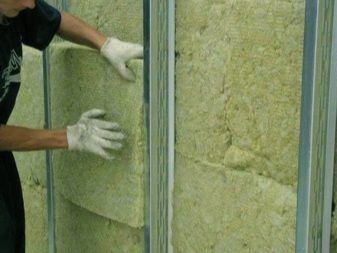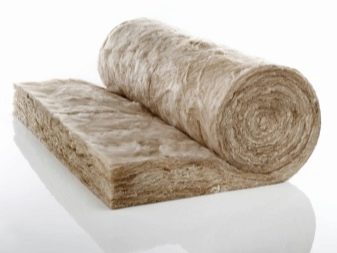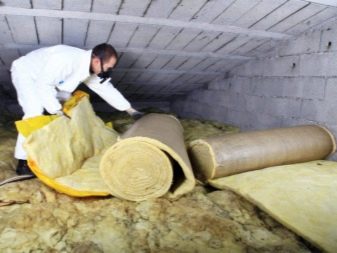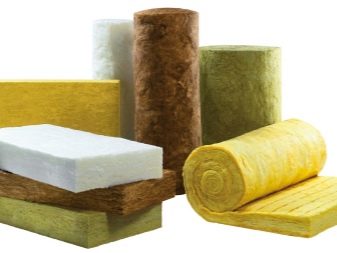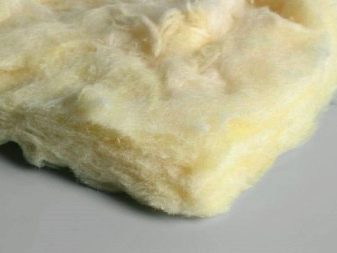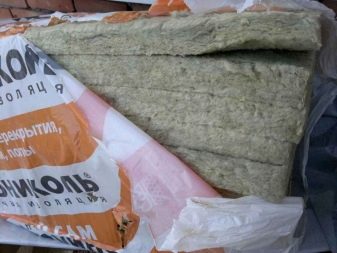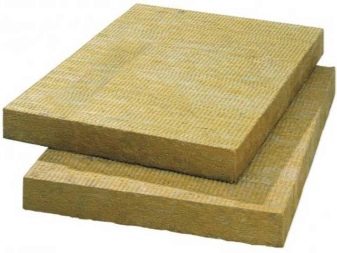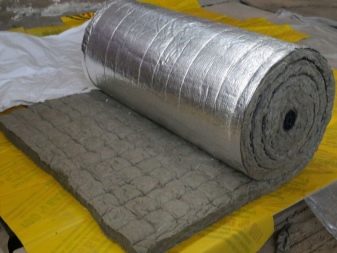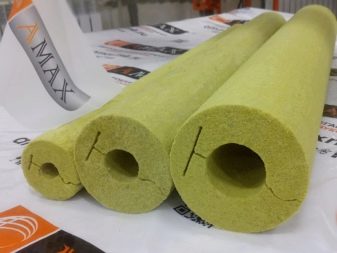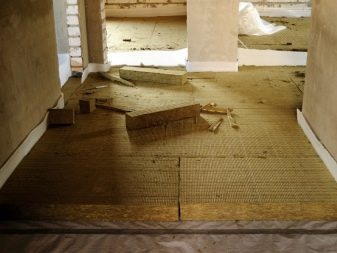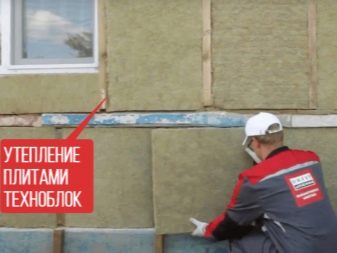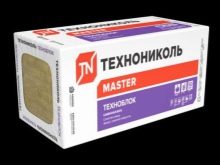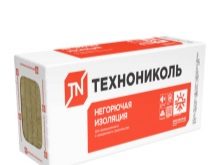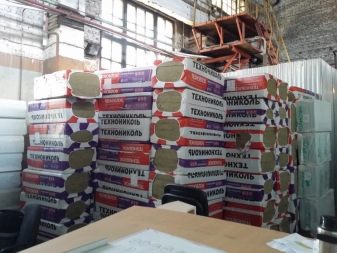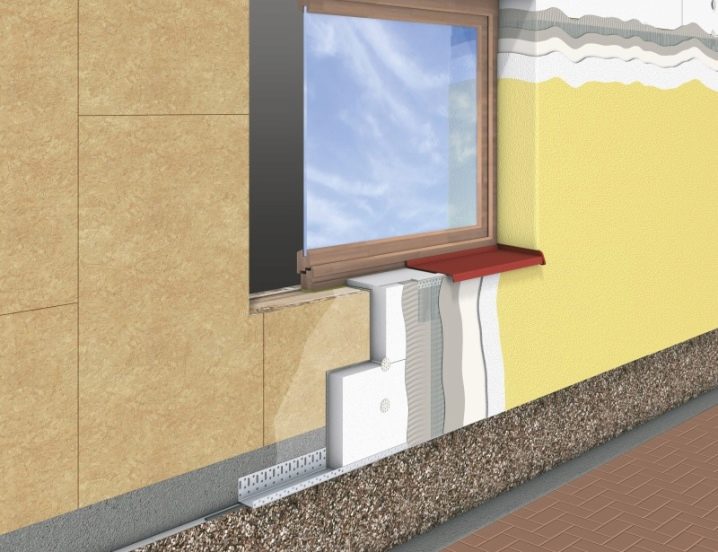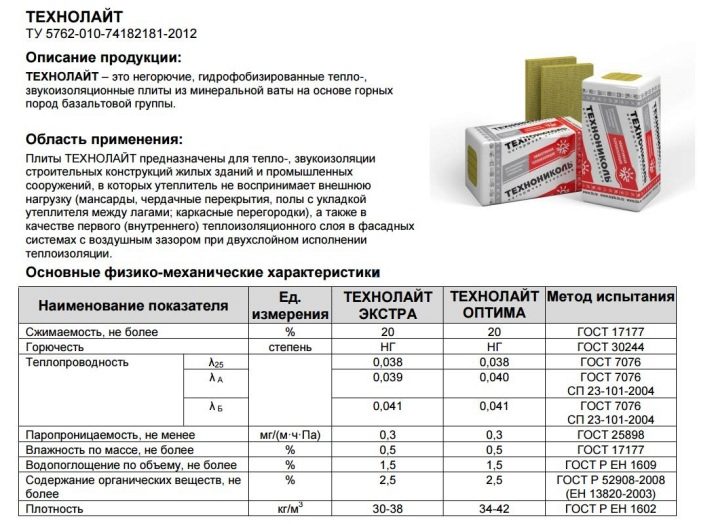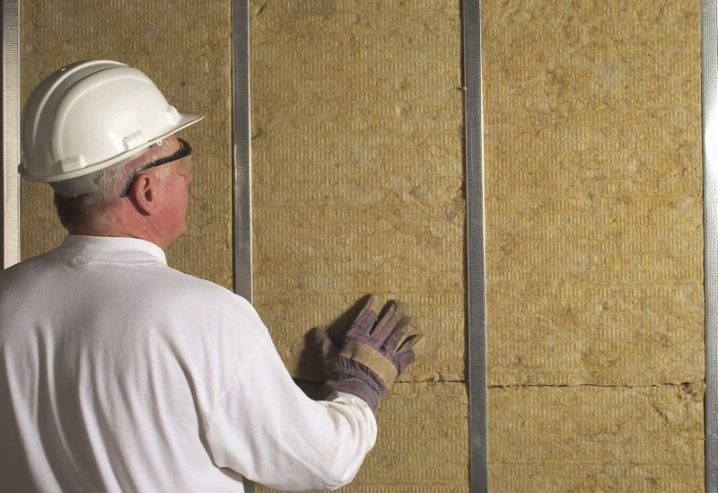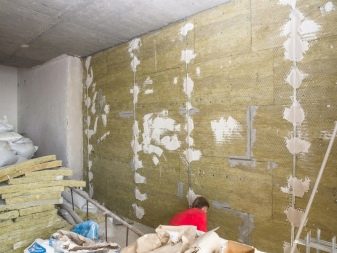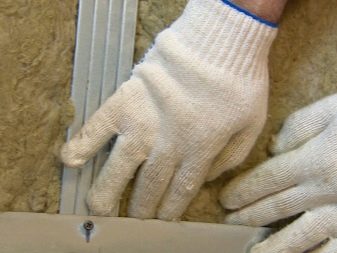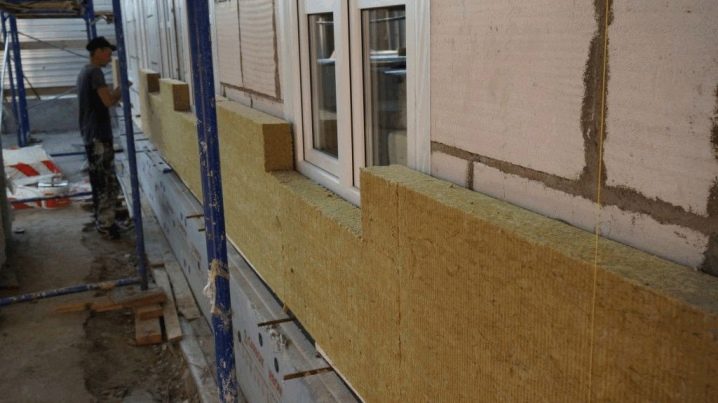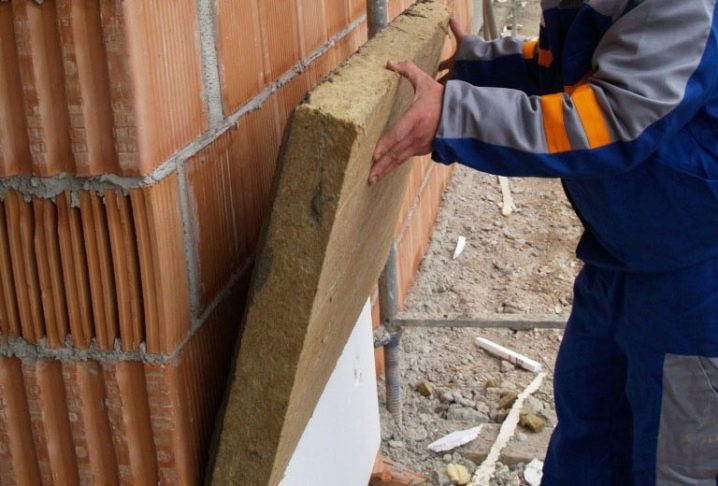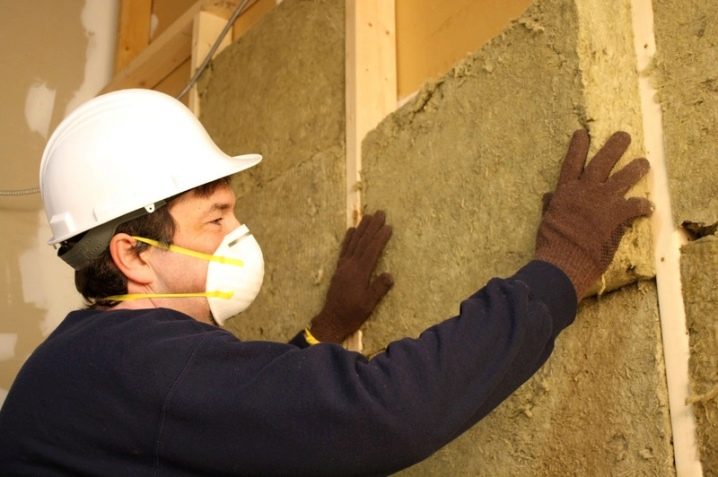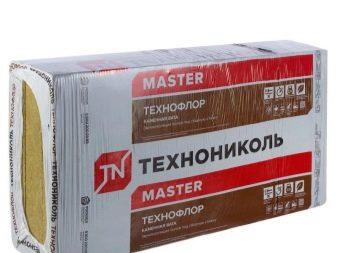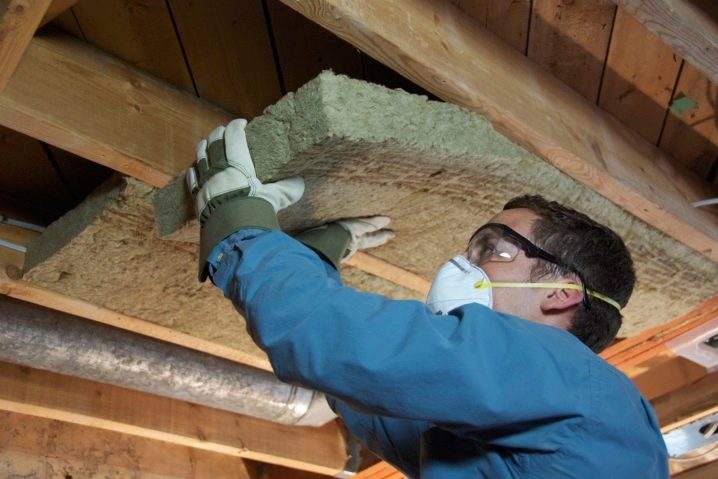Stone wool "TechnoNIKOL": features and scope of application
During the construction of residential houses and public buildings in megacities, where the noise level is very high, as well as in places where winter is a long season with subzero temperatures, the issue of sound and heat insulation is very acute.
Stone wool works very well with these problems. One of its best manufacturers is the company TekhnoNIKOL.
How is it made?
The TekhnoNIKOL brand is widely known for the quality of its products for the construction segment, in particular, with mineral insulants. He has long occupied one of the leading places in the market. Stone wool is in great demand, because thanks to modern methods of production the product has many remarkable properties.
The existing in-house scientific and technical center conducts an in-depth analysis of the properties of the raw materials, studies the technological processes and capabilities of the finished products, introduces the latest technologies, and efficient production methods.
For the production of used mountain, mostly basalt rocks. Since the quality of the final product is important indicators such as the composition of the rock contained impurities, humidity, the company carefully monitors the feedstock.
The production of wool occurs in several stages.
First, the raw material is placed in a special device - a furnace, where it undergoes melting at a temperature reaching 1500 ° C. Automation follows the melting process, and when the mass reaches the desired consistency and viscosity, it sends it to another device - a centrifuge.
In it, strong centrifugal forces act on the mass, it disintegrates into individual fibers. At this stage, resins are added to the centrifuge, which play the role of synthetic binding components.
Following the air stream, the fibers are transferred to a special chamber for cooling. Various impurities are added to the chamber.the task of which is to improve the technical data of the product obtained. A kind of carpet is formed from the fibers, which is fed to the conveyor line.
In the carpet there are several layers of fibers that are arranged in no particular order with respect to each other.
Such an arrangement will increase the strength and elasticity of the material being produced.
The carpet is pressed, a canvas is formed from it. It is fed to the heat treatment chamber. When heated to 300 ° C, the added substances polymerize. Compliance with high temperature is important, because the strength of the material depends on it.
At the final stage, plates of the desired shape and size are cut from the canvas.
Where does it apply?
Stone wool has a fairly extensive range of applications. A wide range of products allows you to choose the right material. Carrying out the function of heat and sound insulation, insulation can protect structures from the destructive effects.
Cotton wool is produced in rolls and plates, it can be of different density, therefore it can be used both on external and internal areas of objects. The choice of material depends on:
- places where it will be installed;
- climatic features of the area;
- heat loss of the object.
To provide external insulation, cotton wool is applied with greater density. It protects the facades, roof, basement.
In other areas, basalt wool with a lower density is used.
Differ technical and industrial insulation. The first is needed when there is a possibility of very high temperatures - above 900 ° C.
Basalt insulation is used for:
- insulation on any structure or building - it can be installed horizontally, vertically, obliquely;
- warming on plaster;
- heat insulation hinged ventilated facade;
- internal insulation of protective structures;
- in systems of sandwich panels, concrete panels;
- thermal insulation of the lower layer of roofing structures;
- warmths of penthouses, garret overlappings, frame walls;
- thermal insulation in the ceiling walls of baths and saunas;
- insulation in plumbing and chimney structures, steam and ventilation systems, in furnaces.
Insulation is commonly used in various industries: metallurgical, chemical and others.
Types and characteristics
The brand produces different types of wool suitable for different conditions. Each type has its own specifications. Since cotton wool differs in hardness and density and, accordingly, in applications, characteristics may vary significantly for different species.
Soft wool Made of fine fibers, between which a lot of air space is used to insulate frame walls, ventilated facades and other surfaces that will not be subjected to heavy loads.
Medium hard wool has greater density than soft. Its use is advisable to isolate ventilated facades, ventilation ducts, where there may be high-speed flows. It can be used in the same cases as soft. But since its price is higher, it will increase the cost of work.
Tough used for surfaces experiencing heavy loads. For example, it is needed to warm the wall before reinforcement, to insulate the floor when it is filled with a warm screed.
Is interesting foil version. When mounted, the side with the foil is facing the inside of the room and reflects the heat, not allowing it to go outside, which provides the effect of double insulation. Foil coating can be both unilateral and bilateral.Foil wool is almost universal material, it can be used in a wide range of works.
There are also cylindrical heaters specially created for pipes. Their use is justified for pipes with a diameter greater than 5 cm.
Make cotton rolls, plates, in the form of a shapeless mass. Pneumatic equipment is required to apply this mass.
Among the many materials deservedly popular insulation "Master Tehnoblok"as it has wonderful characteristics. It is produced by plates, the dimensions of which can be 1200x600x30 mm or 1200x600x100 mm; there are other configurations. This is quite an expensive material, but its quality justifies the price.
Its advantages are:
- possesses moisture resistance;
- is breathable;
- he has a long life;
- non-flammable;
- has sufficient density;
- it is easy to install;
- It perfectly copes with the functions of heat and sound insulation;
- rodents and insects do not start there.
The material exists in three types, which differ in density.
Have "Techno-block Standard" it is 40-50 kg / m3. Under load, it shrinks by 10%.
"Optima" - more dense material - 60 kg / m3. Its compression is 8%. It has a remarkable property: its form is fully restored after the load.
The most dense - "Tehnoblok Prof" with compression of 5% and density of 65-79 kg / m3.
In household construction often use "Tehnoblock Standard." When building housing, it is used as a central layer in a layered masonry, they are warmed by frame walls, facades, basements, attics, garages. It is easily cut with scissors or with a knife, it is easy to install.
It gives a good insulating effect, absorbs noise, does not react with chemicals, does not absorb moisture. He is not afraid of the effects of microorganisms and rodents.
This insulation is not combustible, however, temperatures from -60 to + 200 ° C are optimal for it. It has a very long service life, which significantly exceeds 50 years. Specifications are maintained for the entire period of operation.
Before laying the insulation surface must be cleaned and mounted on it frame for laying insulation. The adhesive composition should be applied both on the wall and on the insulation. Above the insulation usually impose waterproofing, and already put plaster on it.
Also often used "Technolight". The line is also available in three versions, depending on the density, and is also produced with plates with variations in size.
"Technolight" is used for structures that do not experience large external loads, since the density of these heaters is less than "Techno-block". For example, "Technolight Extra" has a density of 30-36 kg / m3. However, the quality does not suffer, the insulation has excellent properties and will be inexpensive.
To choose the appropriate option usually helps the table in which the manufacturer puts all the necessary characteristics of materials.
Advantages and disadvantages
Insulation from "TechnoNIKOL" - a very popular product, as it is easy to work and has unique technical characteristics:
- provides a high level of heat and sound insulation;
- has a low thermal conductivity, which contributes to the preservation of heat in the room in winter and prevents its overheating in summer
- does not interfere with the passage of air, the "breathing" structure will ensure an optimal indoor climate;
- has hydrophobic properties, protects the walls from moisture and mold and mildew;
- resistant to deformations (stone wool has a specific feature: returning to its original shape after short-term compression);
- does not shrink;
- very durable;
- chemically neutral, does not interact with other substances;
- provides a high level of fire safety, since the melting point of basalt fibers is more than 1000 ° C;
- tolerates not only high, but also very low temperatures;
- It has a light weight, can be cut using a regular knife, so the installation can be done with your own hands;
- it is not subject to rotting and decomposition, rodents and other pests will not start there;
- has a long service life - the manufacturer guarantees 50 years of service;
- reduces consumption and costs of electricity and heat for heating in the cold period;
- has a very reasonable price.
The material exists in variants of rigid, soft, medium hardness, differing in thickness of filaments and density. Rigid types can be used for structures where the insulation will be exposed to heavy loads.
Modern technologies make it possible to manufacture the product without using phenol.
This fact allows to consider cotton wool as an environmentally friendly product that does not emit toxic compounds and does not harm human health.
Therefore, the material is suitable for indoor use.
In order for the insulation to be reliable and to serve for a long time, it is necessary to remember and observe some nuances:
- select the type of insulation with suitable characteristics for the upcoming work (for example, a rigid insulation is not suitable for lightweight structures);
- follow the rules of installation;
- the work must be carried out in a respirator, as when cutting cotton wool crumbles and dust;
- the plates must be sewn, but if there are many seams, this will worsen the thermal insulation qualities of the coating;
- plates cannot be bent, otherwise they will break;
- when heated above 600 ° C, the material can emit substances into the environment that are harmful to the human body (although in reality you are unlikely to encounter such temperatures, if we talk about the use of insulation for residential or residential buildings).
Product Reviews
People leave a lot of reviews about the stone wool "TechnoNIKOL". They are mostly positive.
First of all, buyers note the availability of a wide selection of materialsprovided by the manufacturer, the ability to choose the right option, taking into account the characteristics of the building and operating conditions. All materials meet the stated characteristics and do an excellent job with their functions.
Most often, consumers buy for the insulation of facades, garages, attic "Techno-block Standard", and for the insulation of floors of various designs - "Tehnoflor". They say that insulation is easy to install, they can be customized in size with a regular knife.
Consumers also report that the material perfectly protects against noise, does not deform over time, does not lose its characteristics.
Vata reliably protects in the winter from frosts, and in the summer - from a heat. Many highly appreciate the quality of stone wool, as high fire safety. A positive quality is also considered the fact that rodents and insects do not start in a heater.
As a disadvantage, the relatively high cost of some materials and the need to work in respirators and protective suits are noted, since dust is formed during cutting.
Many believe that the insulation from "TechnoNIKOL" - a good choice and recommend the use of this material.
The presentation of stone wool "TechnoNIKOL", see the video below.




